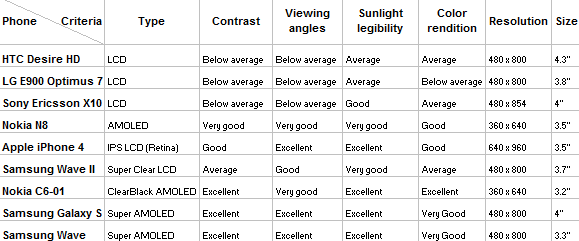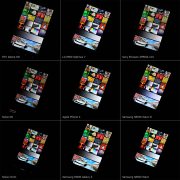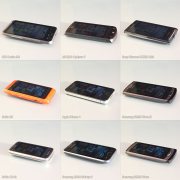A world without borders is one in which people should be able to live anywhere, work anywhere and contribute anywhere for the world is one. All thinking people have a beautiful dream that of living in a world without borders. But for all these people, this remains a dream, as no one has ever been able to actualise it. For my part, however, i can say that i have made it a reality. I always actually live in a world without borders. According to my experience, the concept of a world without borders is quite an achievable target.
I can say that a world without physical borders may not be achievable, but a world without psychological borders is quite attainable for anyone who so desires it. There is no need for external permission for this purpose: every individual can enter into this state by his own decision.
Recently, on a two-week tour to America, when i reached New York’s airport, i was asked to remove my shoes during the security checking process. I willingly started to remove my shoes. Once i had removed one shoe, the security officer said okay with a smile and told me to not remove the other shoe.
According to media reports, certain well-known personalities of India have had similar experiences during their visits to the US. They were offended at it and registered their complaints in the press. Why this difference? The reason was that i took the removing of my shoes as part of a discipline, while others took it as an instance of being insulted. This example shows that the goal of a world without borders is possible. It can be achieved only within a person’s own mindset rather than in the external world.
If you have developed universal thinking in yourself, that is, you consider entire humankind as your brothers and sisters and take the entire world as your own, then you have already achieved the goal of living in a world without borders. You will take every incident at which people usually get offended as normal and adjust to it, just as all situations, both pleasant and unpleasant, are accepted within a family. A world without borders only requires universalisation of this family culture.
Once when i went to Spain and landed at Madrid airport, i remembered the words of an Arab tourist who, after seeing the developments in Spain, recalled the days when Arabs were ruling over the country. He said with great nostalgia: “Will the previous age ever return to us?“ But when i saw the advances made in Madrid, my feelings were different. In my travelogue, i acknowledged the attainments of the people of Spain and observed that, whereas Muslims in their time had brought traditional development to Spain, the Spanish people had now brought about development according to modern scientific standards.
In the modern age, the maxim, `everything for everyone’ has been accepted as a principle. If a person takes the `passport’ and the `visa’ as parts of a normal routine, he will be able to consider every country as his own. He will happily accept these formalities.
In the modern world, nationhood is linked to the homeland. This leads to the concept of patriotism. But if a person lives by the concept of universal patriotism, he will take the whole world as his own.
A world without borders might currently seem unachievable at the physical level, but, at the psychological level, it is quite achievable for everyone.
- Maulana Wahiduddin Khan
First Published on www.speakingtree.in


 Cover Artist:
Cover Artist: 





















